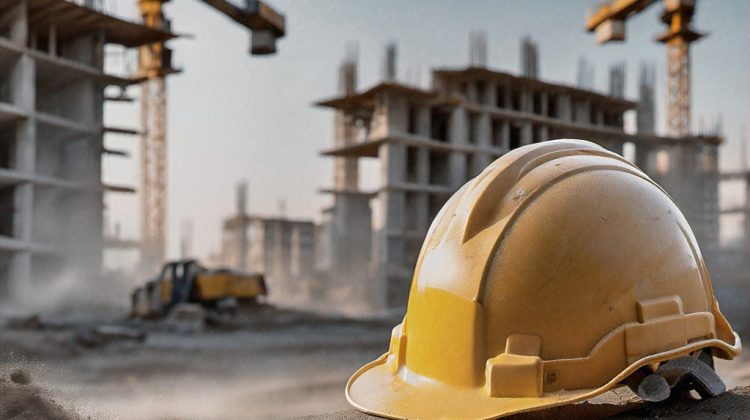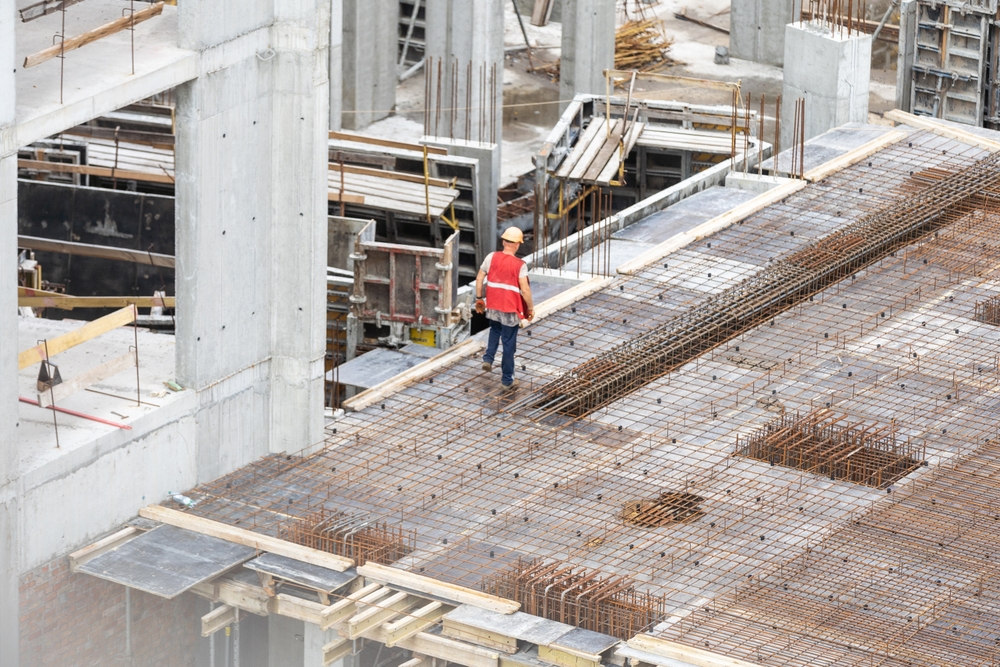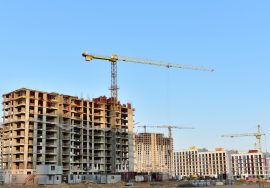
Green Building Certification for Sustainable Structures
Green Building Certification: A Key to Sustainable Construction
As sustainable development becomes essential, green building certification has emerged as a powerful tool to evaluate and improve the environmental performance of buildings. More developers, architects, and governments now prioritise green ratings to reduce carbon emissions, enhance efficiency, and promote healthier living spaces. Whether it’s new construction or renovation, green building certification ensures structures meet global sustainability standards.
What Is Green Building Certification?
Green building certification is a formal assessment that measures how responsibly a building is designed, built, and operated. It evaluates:
-
Energy efficiency
-
Water conservation
-
Waste reduction
-
Indoor air quality
-
Material sustainability
-
Overall environmental impact
The goal of green building certification is to encourage eco-friendly construction practices while improving occupant health and reducing resource consumption.
Popular Green Building Certification Systems
LEED (Leadership in Energy and Environmental Design)
LEED is one of the world’s most recognised rating systems. It evaluates buildings on energy use, materials, indoor environment, and sustainability strategies.
IGBC (Indian Green Building Council)
India’s own green rating system promotes environmentally responsible construction practices across commercial, residential, and industrial projects.
GRIHA (Green Rating for Integrated Habitat Assessment)
GRIHA is India’s national rating system developed with the Ministry of New and Renewable Energy. It focuses on reducing energy consumption and enhancing resource efficiency.
BREEAM
A globally used certification that measures energy efficiency, material use, water management, and ecological impact.
Why Green Building Certification Matters
Encourages Sustainable Materials
Certified buildings use eco-friendly materials that reduce carbon emissions and environmental harm.
Promotes Energy Efficiency
Green building certification encourages the integration of solar systems, LED lighting, efficient HVAC systems, and insulation to lower long-term energy usage.
Saves Water and Reduces Waste
Techniques such as rainwater harvesting, low-flow fixtures, and recycling help reduce consumption and operational waste.
Improves Indoor Air Quality
Healthy indoor spaces free from toxins, chemicals, and pollutants lead to better comfort and productivity for occupants.
Enhances Property Value
Certified buildings typically have higher market value, lower operating costs, and long-term durability.

Key Parameters Evaluated in Green Building Certification
Energy & Atmosphere
Efficiency in energy consumption, renewable energy integration, and HVAC performance.
Indoor Environmental Quality
Air quality, lighting comfort, and natural ventilation.
Water Efficiency
Use of water-saving fixtures, recycling systems, and effective landscaping.
Sustainable Site Development
Green spaces, biodiversity protection, and reduced heat island effect.
Material & Resource Management
Use of recycled, renewable, or low-carbon materials.
Process of Obtaining Green Building
-
Project Registration
The building is registered under the chosen certification system. -
Documentation & Data Collection
Builders submit reports on materials, energy models, water use, and site planning. -
Assessment & Verification
Independent auditors review the data to verify compliance. -
Rating Awarded
Certifications are awarded in levels such as Certified, Silver, Gold, or Platinum.
Green Building in India
India is rapidly moving toward sustainable construction. IGBC and GRIHA have certified thousands of buildings across residential, commercial, industrial, and institutional sectors. Government incentives, environmental regulations, and rising awareness have further boosted certification adoption.
Conclusion
Green building plays a vital role in making construction greener, smarter, and more resource-efficient. By evaluating every stage from planning to operation, these certifications ensure buildings minimise environmental impact while maximising comfort and efficiency. As sustainability becomes a global priority, adopting green building will help shape a healthier and more eco-friendly future for generations to come.
Read more related articles to enhance your knowledge and make informed decisions
Cost-Effective Modular Construction: Fast, and Sustainable Building Solutions
Smart Modular Buildings: Innovative, Efficient, and Sustainable Construction








